Brazil Cartoon
- caricature /
- Brazil Cartoon
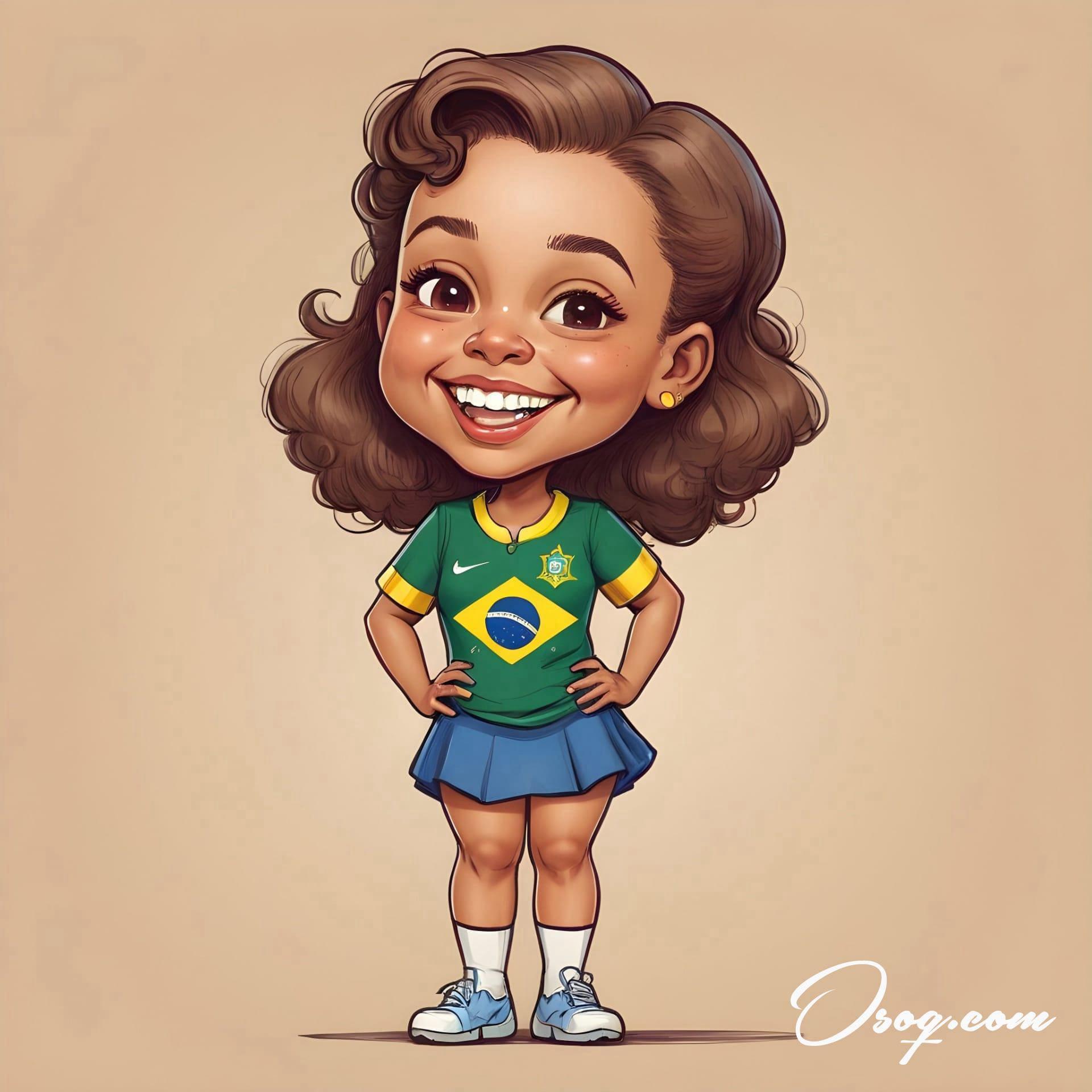
Brazil is known for its vibrant and colorful culture, which extends into its cartoon scene. The country has a rich history of comics and animations that reflect its diverse cultural tapestry.

One of the first Brazilian cartoons to gain national acclaim was "O Amigo da Onça," a comic strip that started in 1943. It humorously depicted the Brazilian way of life, making it a beloved classic.
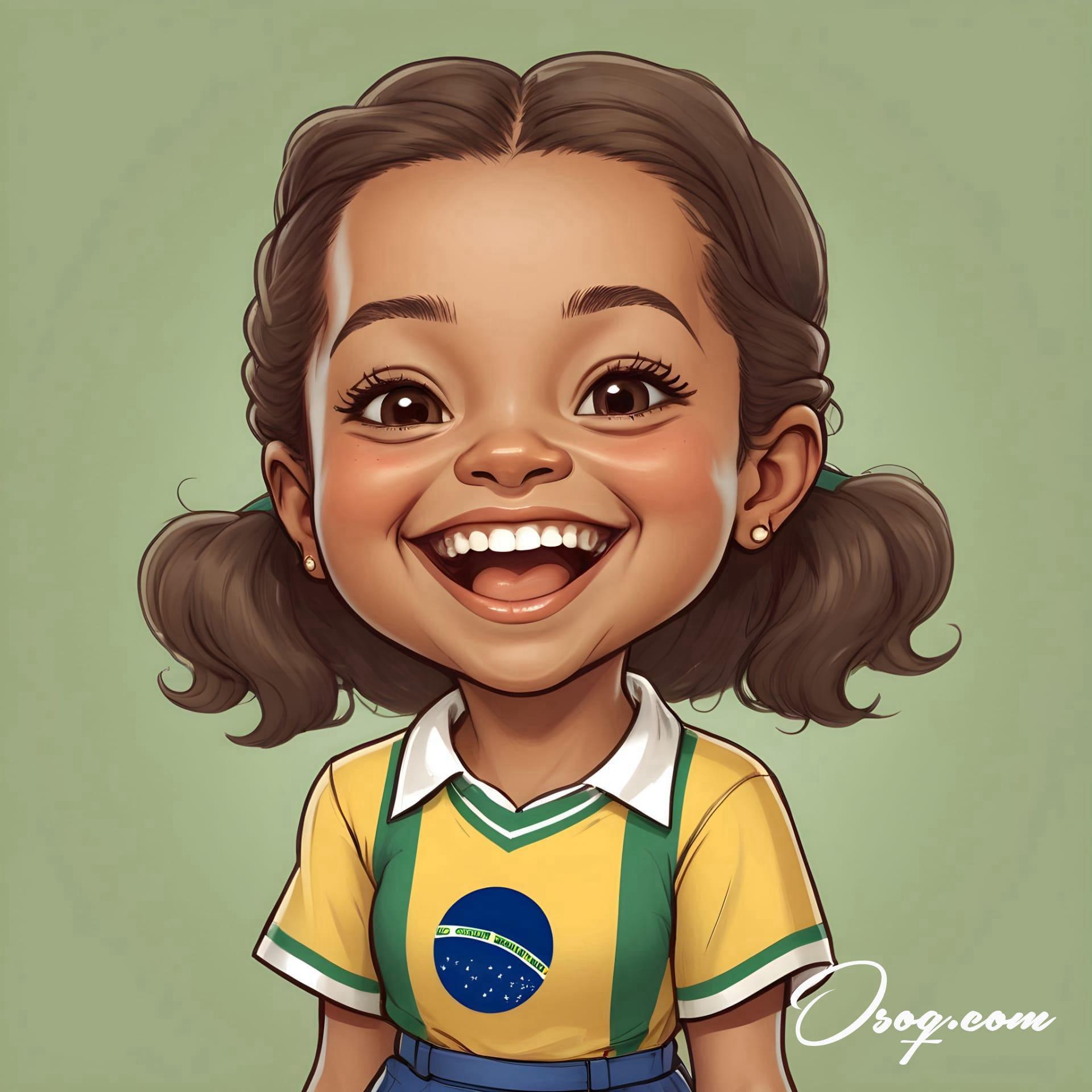
Mauricio de Sousa is a pivotal figure in the Brazil cartoon industry. He created "Turma da Mônica" in the 1960s, a series that became a cornerstone of Brazilian children's entertainment.
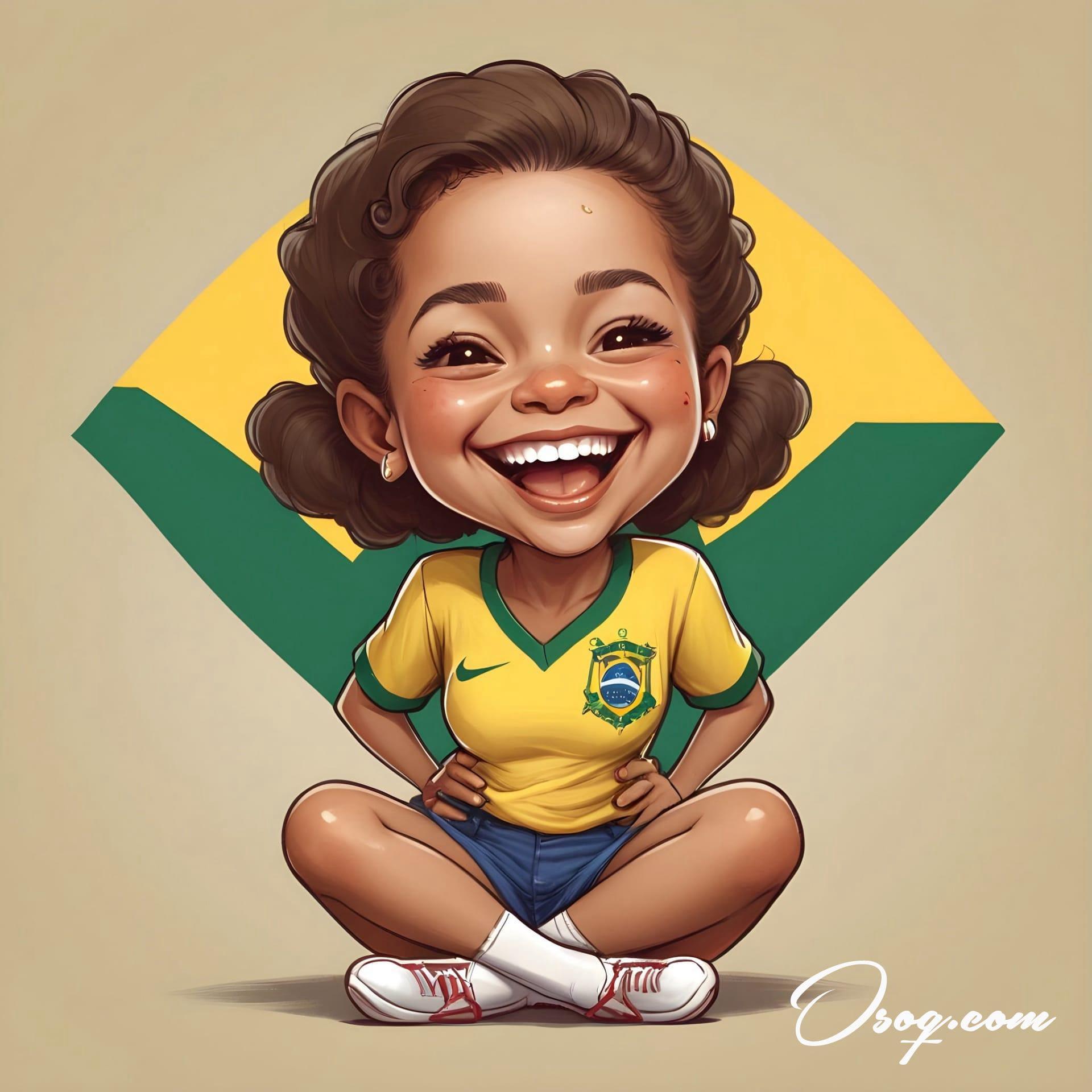
Brazil's cartoons are not just for kids. "Cidade dos Homens" (City of Men) is a critically acclaimed series that explores the complexities of living in Rio de Janeiro's favelas.

Brazilian animation has made its mark on the international stage. The movie "Rio," although not a Brazil Cartoon in origin, showcased Brazilian culture to a global audience, thanks in part to its vibrant animation and storytelling.

Comic Con Experience (CCXP) in São Paulo is one of the largest comic book and pop culture festivals in the world, highlighting the significance of the Brazil cartoon scene on a global scale.
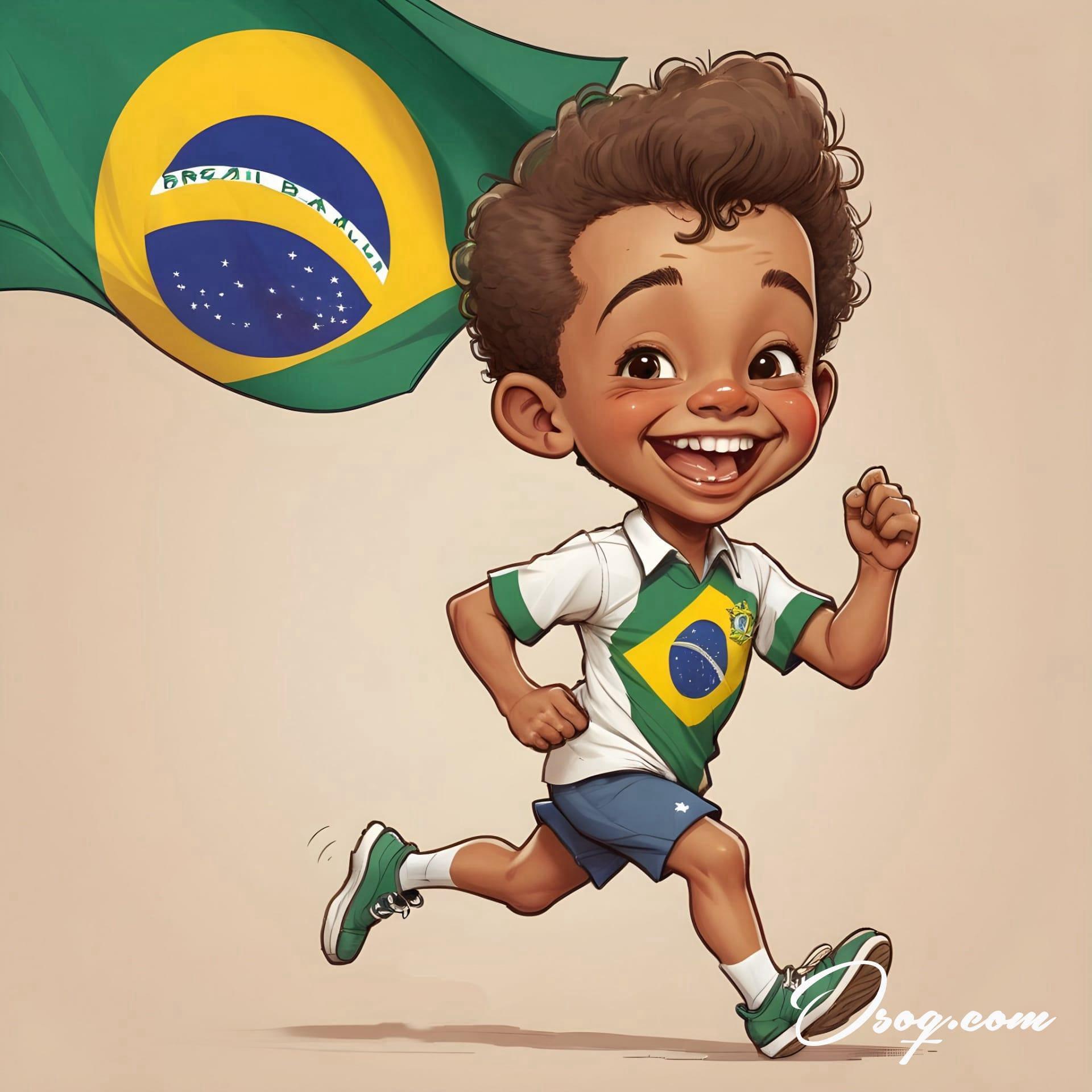
Independent Brazilian comics have seen a surge in popularity, with artists and writers exploring themes that range from local folklore to contemporary urban issues, reflecting the country's complex social landscape.
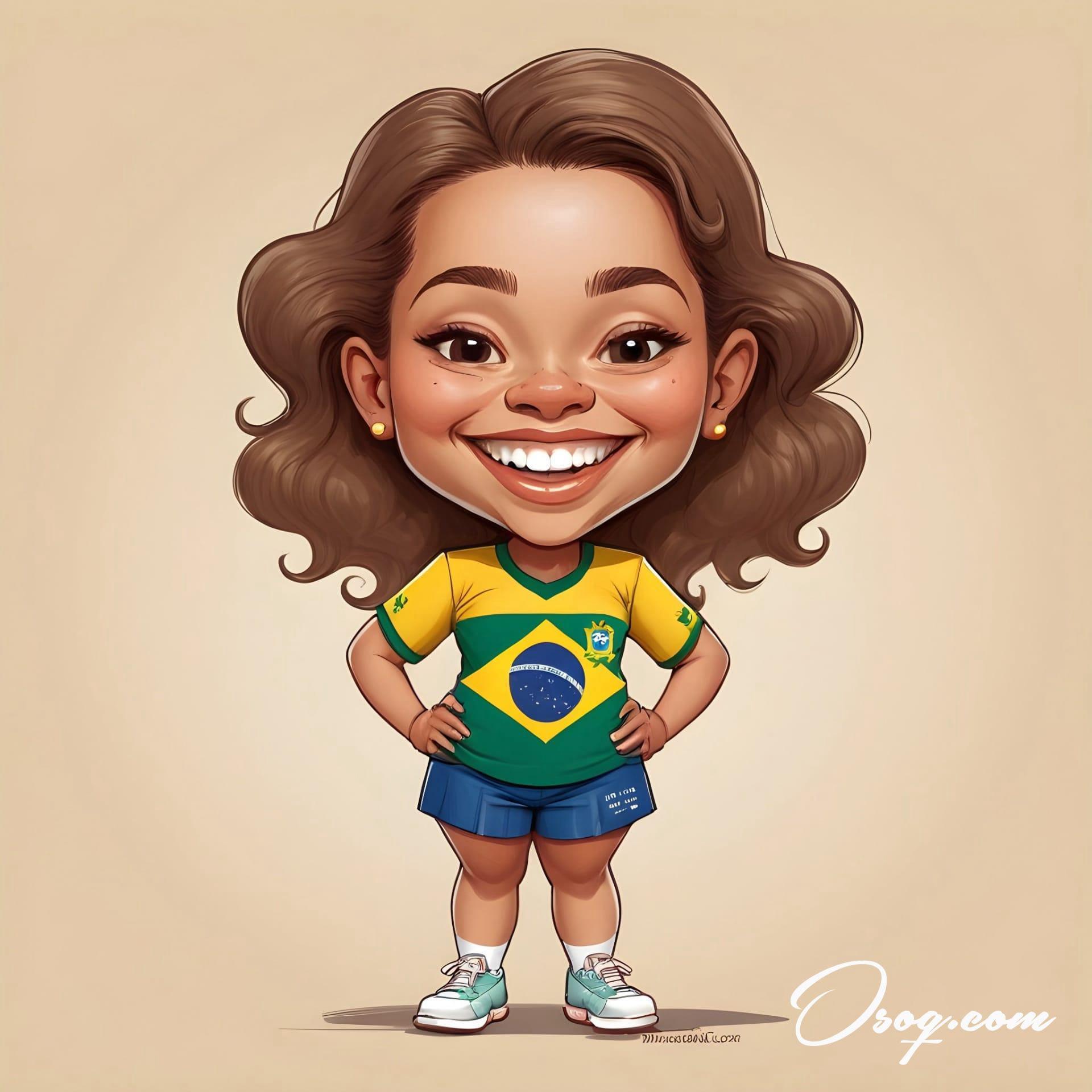
In the digital age, Brazilian cartoons and comics have embraced the internet, with webcomics and animated web series becoming increasingly popular among younger audiences.
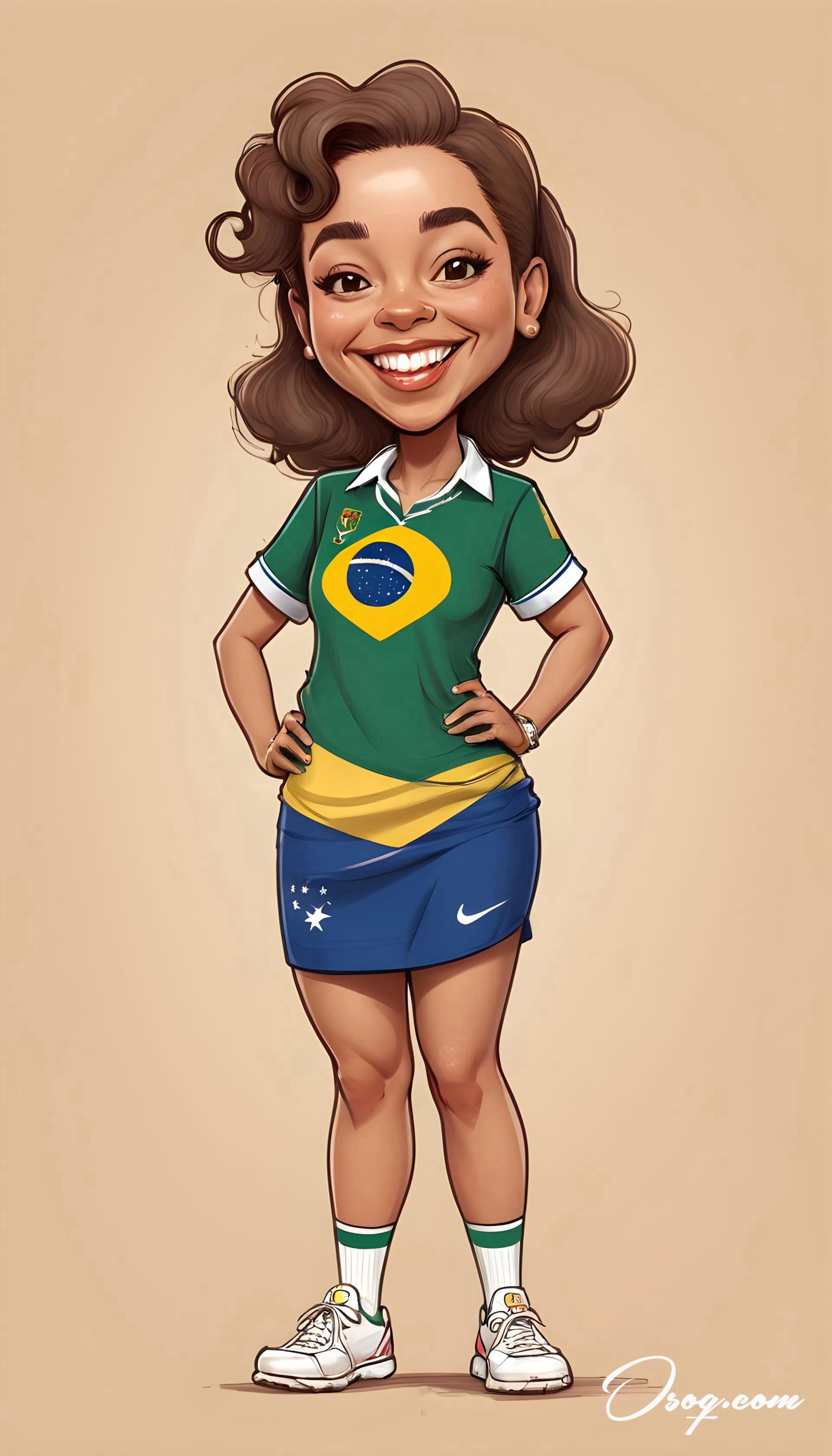
Brazilian artists often incorporate "cordel" literature—a form of popular poetry illustrated with woodcuts—into their work, blending traditional styles with modern themes.
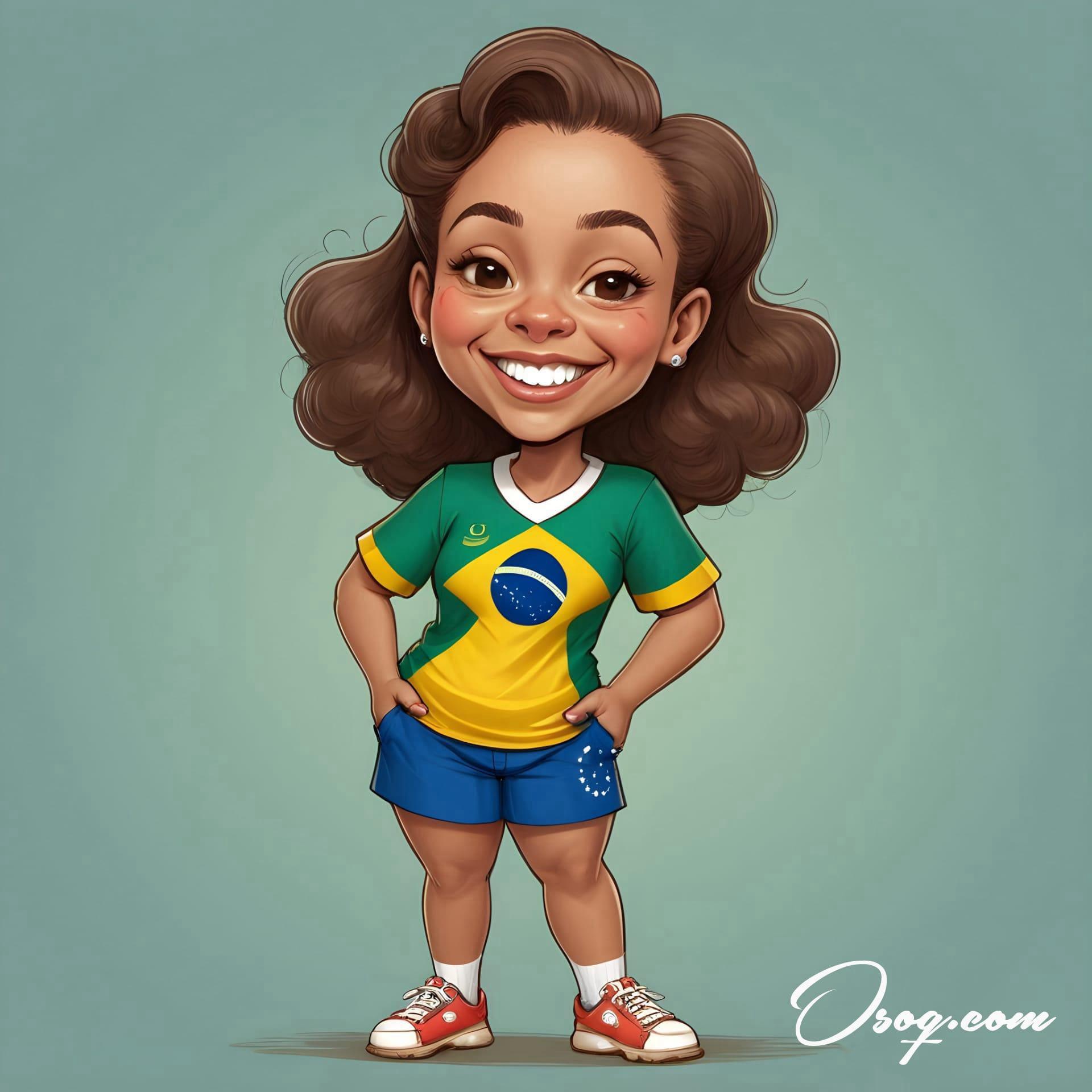
The influence of Brazilian indigenous cultures and Afro-Brazilian heritage is evident in the country's cartoon and animation industry, leading to a unique blend of visual storytelling.
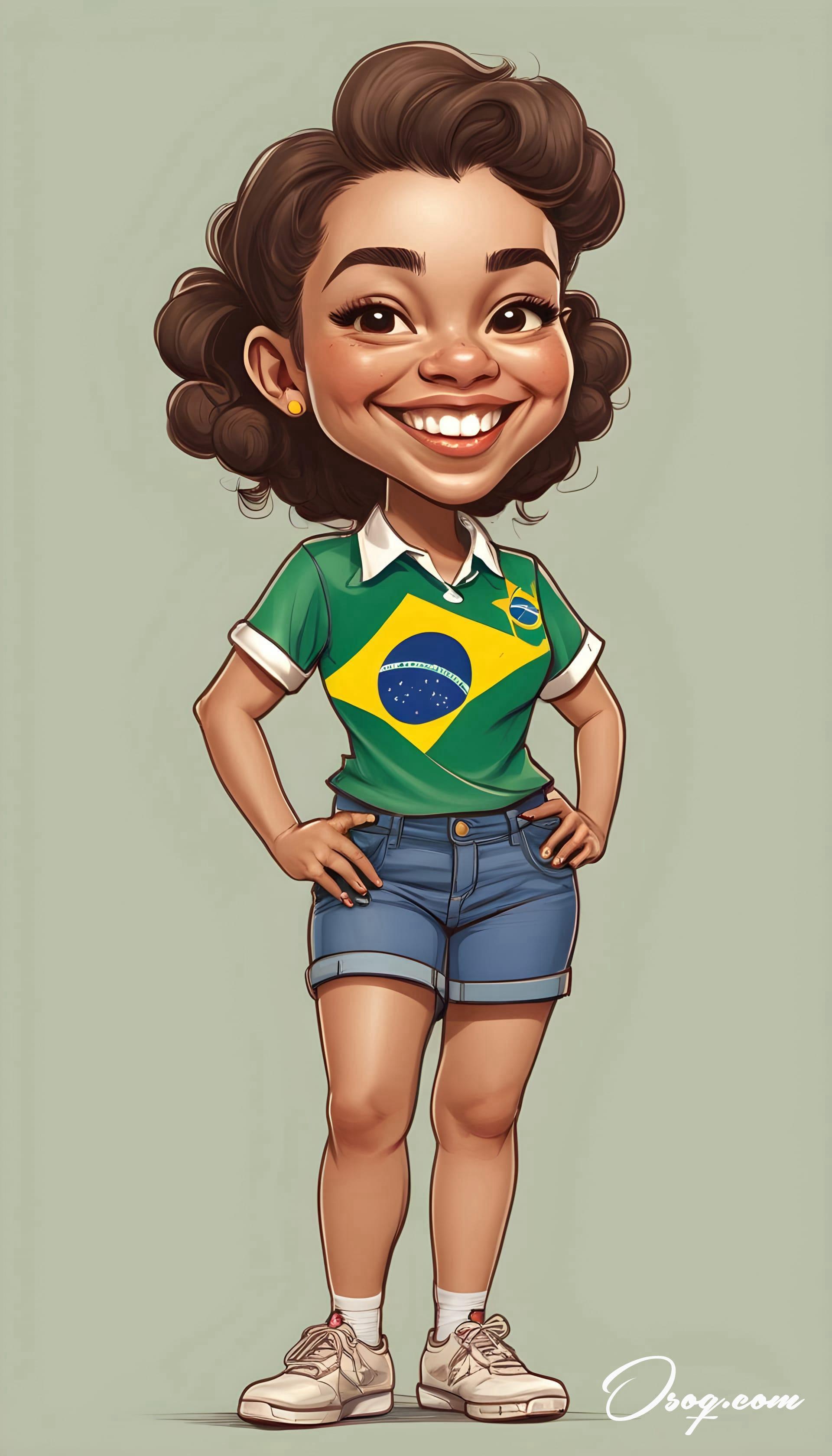
"Peixonauta" is a Brazilian animated series that teaches environmental conservation to children, showcasing how cartoons can be both educational and entertaining.
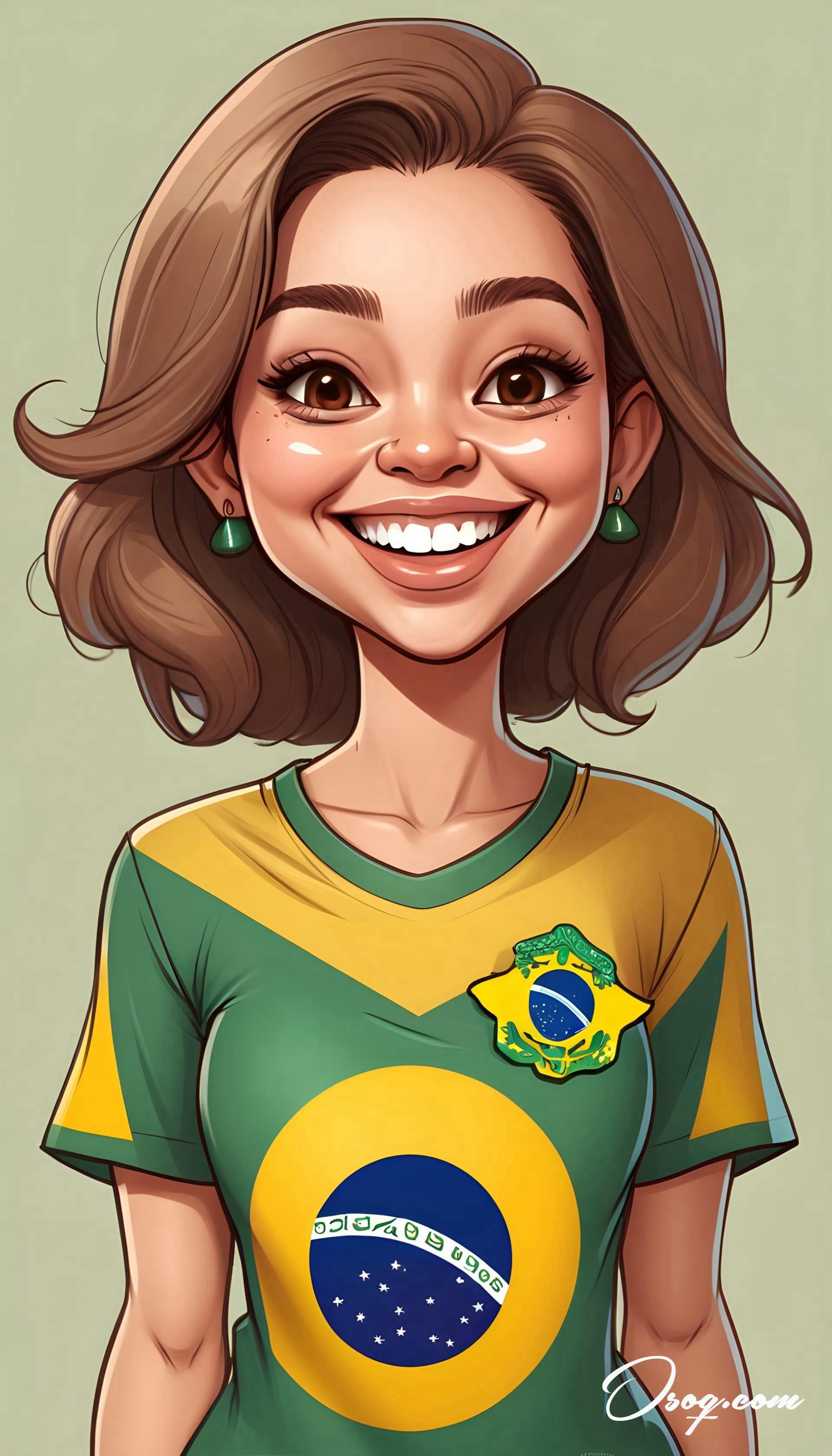
Brazilian comic books and graphic novels have gained international recognition, with works being translated into multiple languages, allowing Brazil's unique storytelling voice to reach a wider audience.

The Brazil Cartoon Network has localized content specifically for Brazilian audiences, demonstrating the global media industry's interest in catering to the country's vibrant market.

Festivals and awards dedicated to animation and comics, such as the Anima Mundi festival, play a crucial role in promoting Brazilian artists and animators on the international stage.
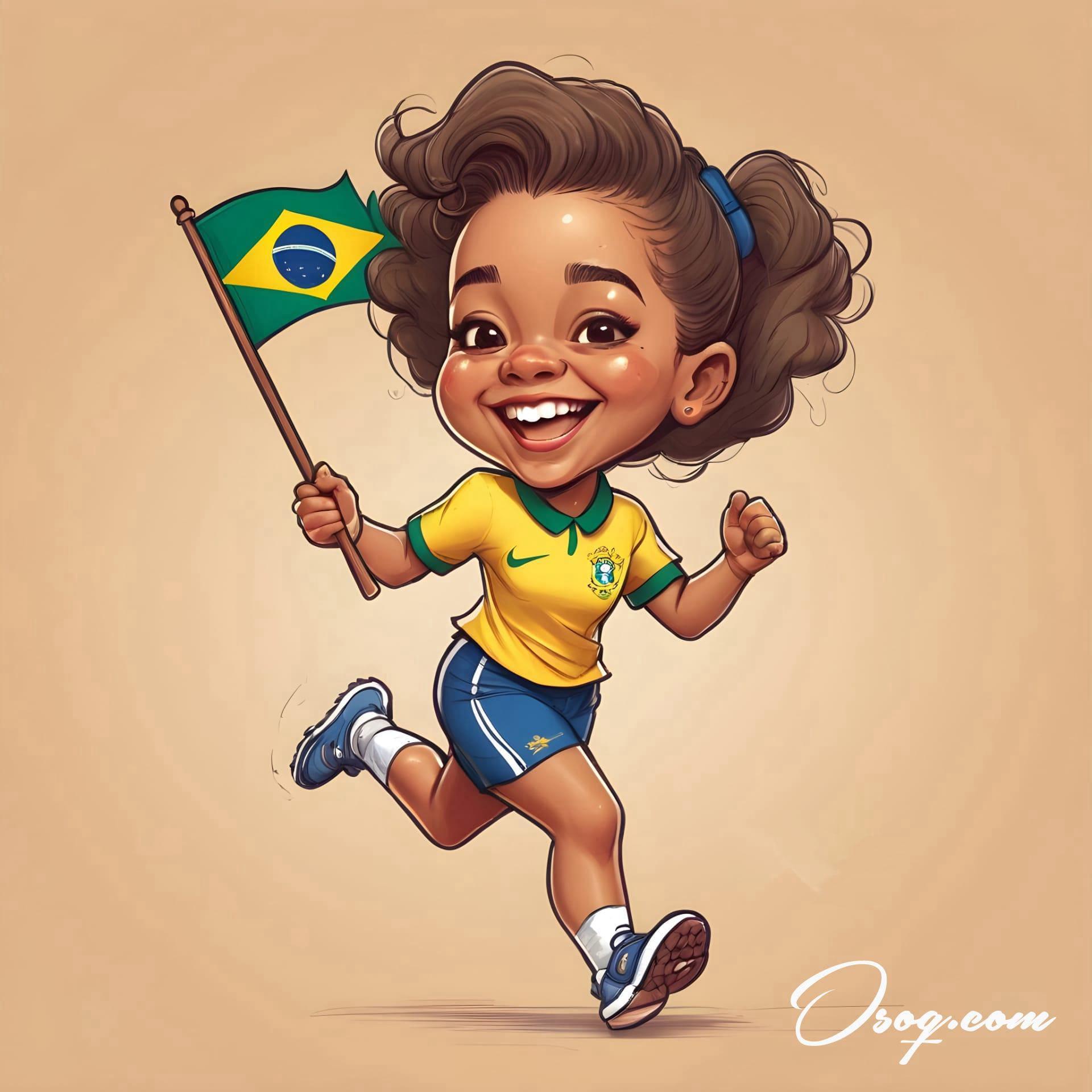
Virtual reality (VR) and augmented reality (AR) technologies are being used by Brazilian creators to bring cartoons and comics to life in innovative ways.
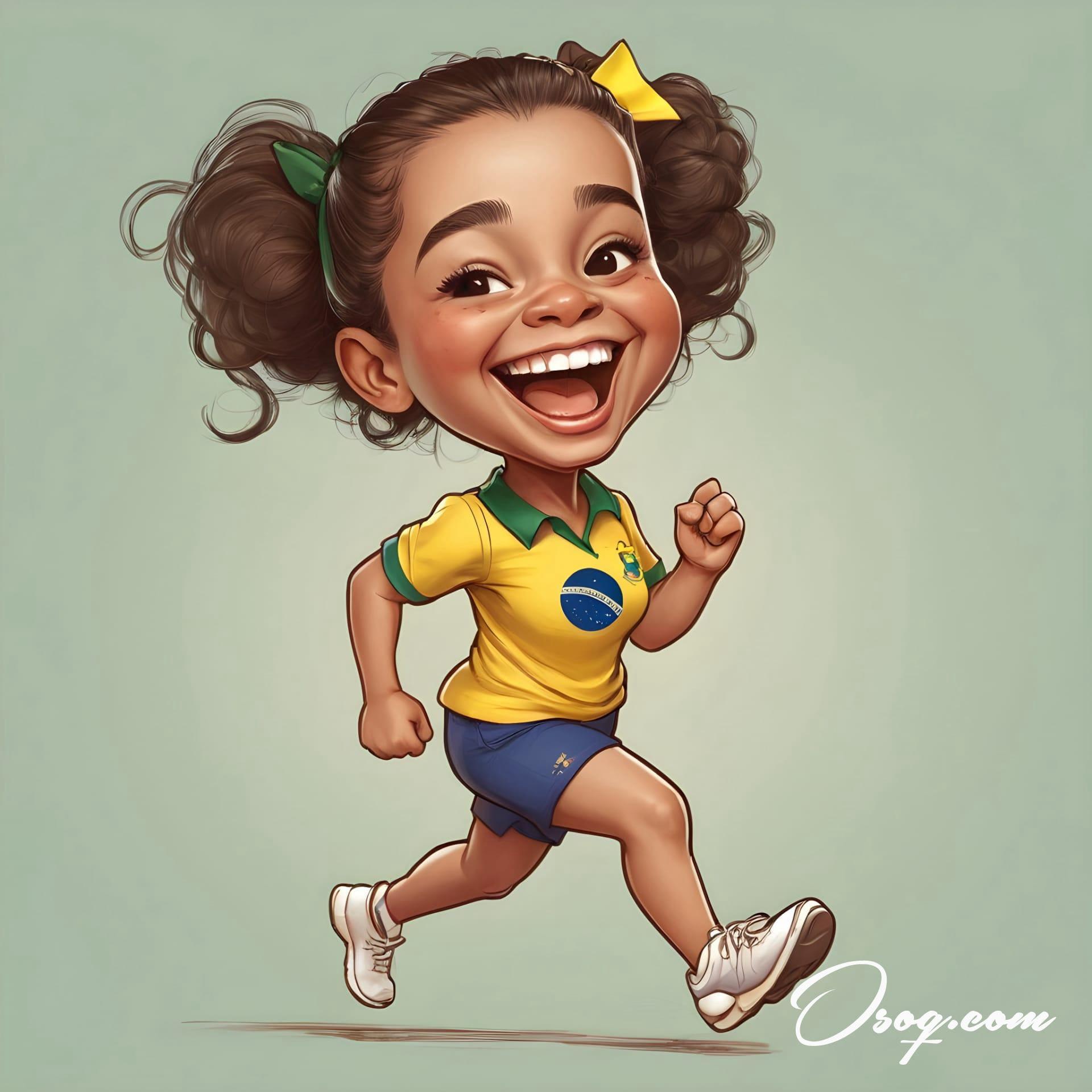
Social and political commentary is a common theme in Brazilian cartoons, with artists using their platforms to address issues such as corruption, environmental degradation, and social inequality.

"Castelo Rá-Tim-Bum," a Brazilian TV show, combined live-action and animation to create a magical world that captured the imaginations of both children and adults alike.
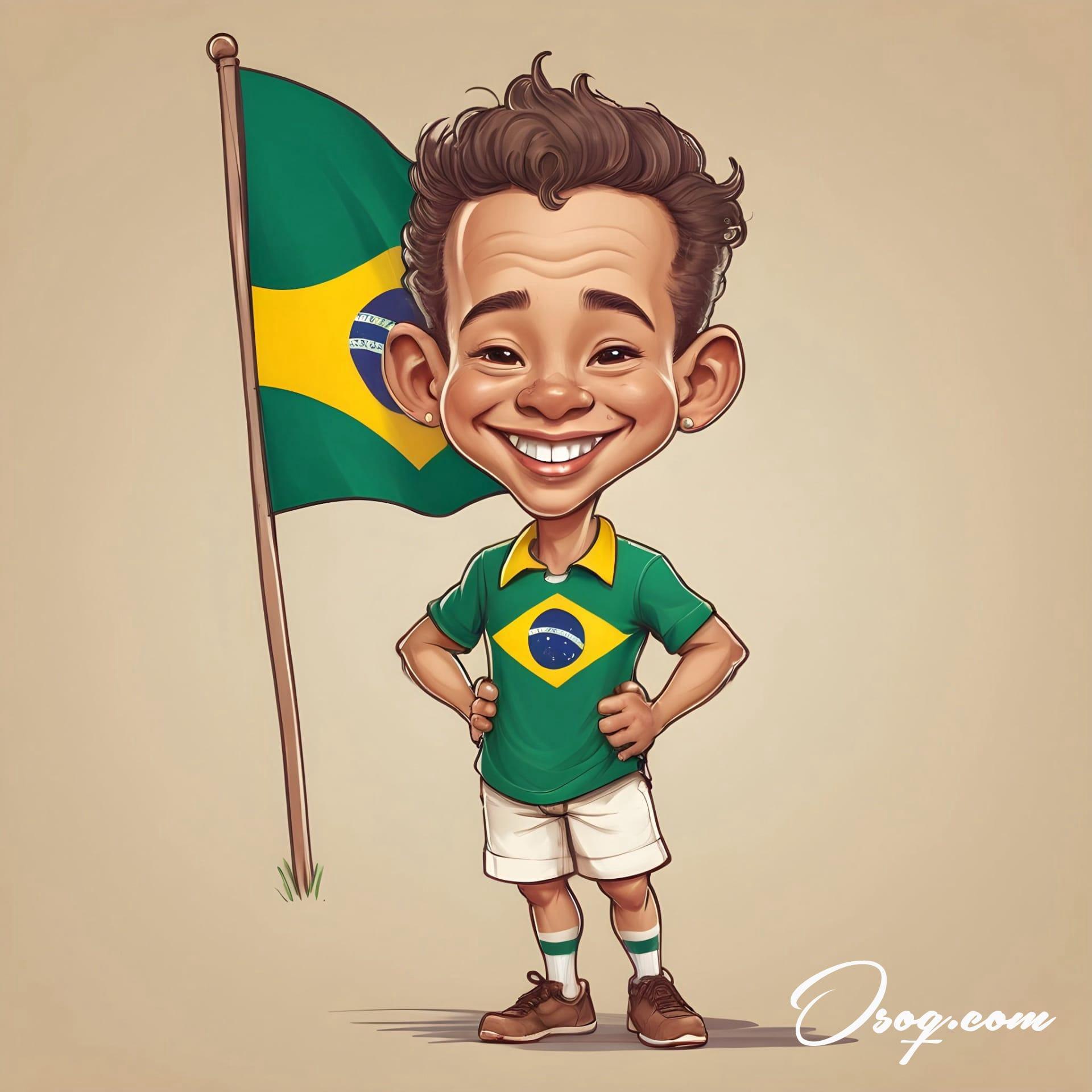
The rise of streaming services has provided a new platform for Brazil Cartoon content, allowing for more creative freedom and the opportunity to reach a global audience.
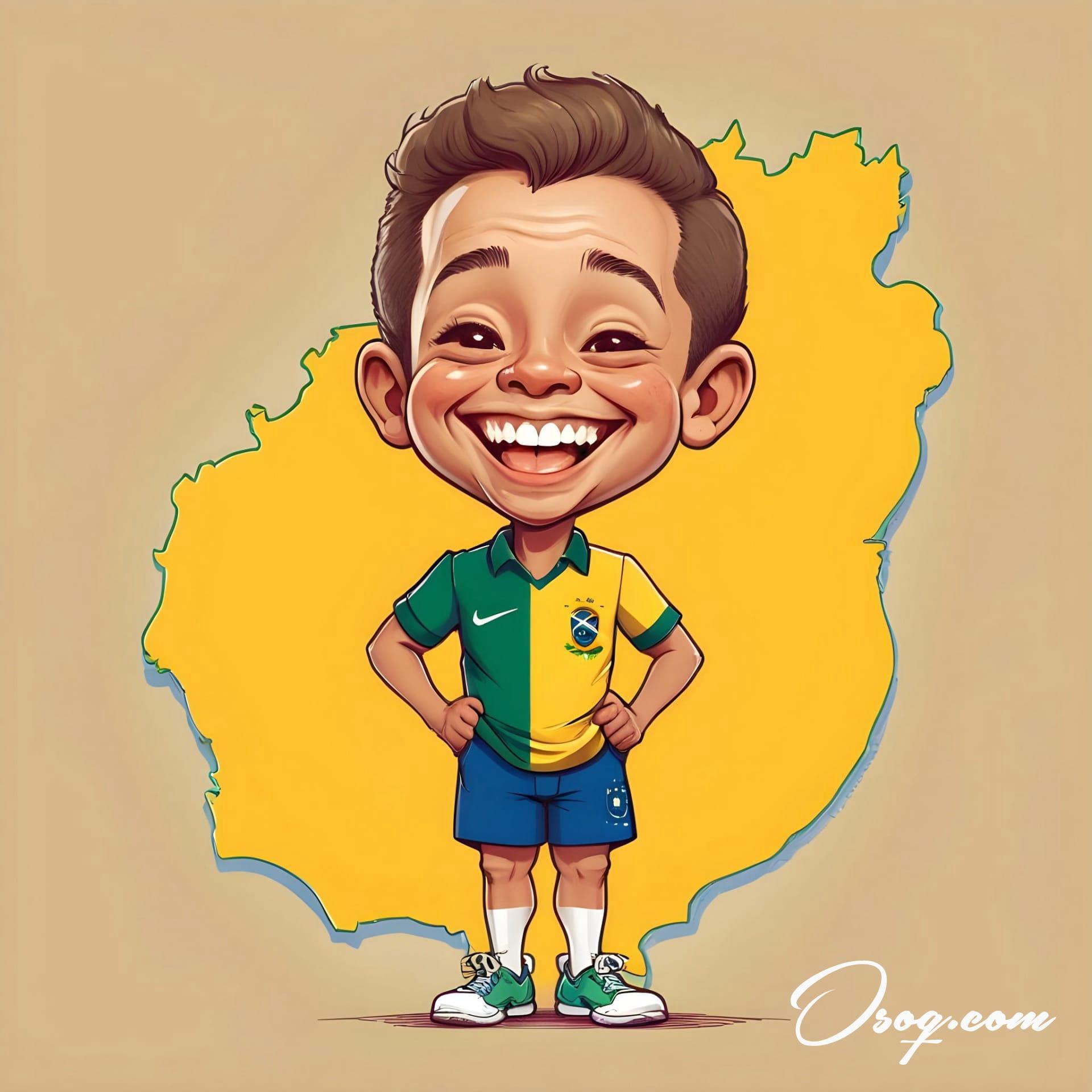
Collaborations between Brazilian cartoonists and international artists and studios have led to innovative projects that blend different cultural perspectives and artistic styles.

The legacy of Brazil's cartoon and animation industry continues to evolve, with new generations of artists and storytellers drawing inspiration from the country's rich cultural heritage and social dynamics.